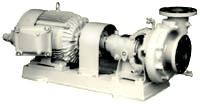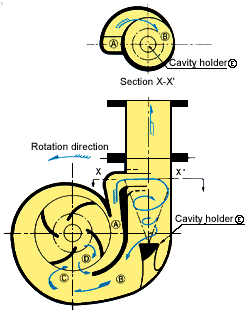Gear hobbing is considered to be the most productive and viable of all a generating process. With Gear hobbing process toothed wheels of gears are manufactured with high quality and gives excellent performance.
However, Hobbing is only used to produce spur and worn gears. Internal gears or shoulder gear cannot be worked up in Hobbing process.
The hobbing process works like this. The hob is applied for generating the involute teeth. The hob is essentially a cylindrical tool which is positioned straight. In hobbing process the hob as well as the workpiece rotate continuously displaying a rotational relationship. A thread having the similar cross section as that of rack tooth is helically wound around the Hob. The Hob is then subsequently rotated. The gear blank is fed onto the hob based on the depth of cut. The helix pattern of a rotating hob is identical to that of a moving rack. Gear hobbing is an efficient process however it comes with complicated process kinematics, and some how difficult tool wear mechanisms.









 End Suction Centrifugal Pumps from Weinman are versatile, low cost pumps, engineered for virtually every phase of liquid handling. Heads to 260 feet, flows to 2000 GPM.
End Suction Centrifugal Pumps from Weinman are versatile, low cost pumps, engineered for virtually every phase of liquid handling. Heads to 260 feet, flows to 2000 GPM.


































